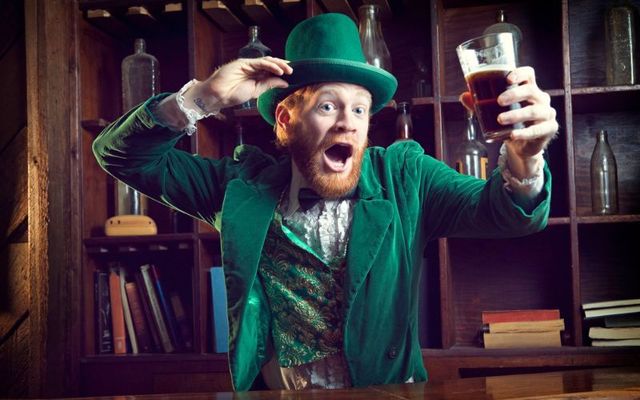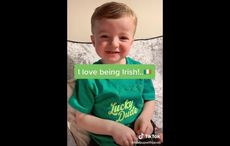In Ireland people never talk about leprechauns, so would it surprise you to learn that on Saint Patrick’s Day, very few Irish people dress up as them either?
Usually, it’s only visiting tourists who walk around in bright red beards and buckled top hats shouting top o’ the morning on March 17 in Dublin.
Your complexion may be as pasty as a native’s but you won’t be fooling anyone. We’ll know you’re visiting from abroad with just one look.
There’s a very good reason you’ll never catch us at all that Darby O’Gill begob malarkey. It would just be embarrassing overkill. It would be like dressing up as Uncle Sam and walking around with a pair of lit sparklers for a 4th of July barbecue here in the US.
We really don’t mind others doing it, but we won’t be doing it ourselves, thanks.
The things that you probably will see in an Irish St. Patrick’s Day parade (alongside a bearded man in green dressed up as Saint Patrick) are heroic figures from our Irish myths like Cú Chulainn, or fearsome supernatural creatures from the old tales like the Morrigan, and kids dressed up as woodland fairies. It will be a colorful community-based festival; it will not be an epic pub crawl after a military tattoo.
So leave the green beer, neon shamrocks and "Kiss me I’m Irish" t-shirts at home, it drives us nuts.
Interestingly, one place where you can see the difference between Ireland's approach to St. Patrick’s Day versus how America does it is in the standoff between leprechauns and fairies.
Some might suggest there’s a modern lesson in that face-off, but let's, for now, keep our eyes on the magical creatures, not the marching ones.
In the Ireland of long ago, country folk lived in dread of the wee folk. And by wee folk, they meant fairies, never leprechauns. Fairies could bring you good fortune, but more often they could bring tricks or even disaster.
From making mischief to out and out terrorizing your community and even stealing away your child, they were to be respected and stayed away from whenever possible.
Do they sound like the kind of people you’d want to eat Lucky Charms with? No, they do not.
Contrast that with the bubbly broth of a red-headed boy of American leprechauns – and yes, leprechauns, as we know them, are largely an American creation, a softening of the fearsome Irish fairy – and you’ll wonder how the same country produced two distinctly different types.
Leprechauns almost want you to steal their pot of gold. When you do they’ll dance a jig and sing your praises for having found it. They’re as insipid as their counterparts are severe. They’re much more Madison Avenue than the Old Sod.
It’s been said that sentimentality is the refuge of the ruthless, so perhaps kindly leprechauns are the reflex of a tough nation.
By contrast, fairies sound like they belong to the ancient Irish past, to the world of old biddies in long shawls bending by the fire on winter nights. That’s probably why they live in such different worlds still.
But fairies are something else, too. They’re creatures who are halfway to becoming ghosts - and old Ireland knows all about hauntings.
The Irish are different from Americans in one very key way, for them, the future does not necessarily imply hope or aspirations. So their haunted past finds expression in those little ghostly figures who live in the woods and the bottom of the garden, that remind you that fate is fickle and, often enough, it is cruel. There’s nothing reassuring about Irish fairies at all.
So this St. Patrick’s Day pick your magical companions carefully and remember, there’s something to be said for both of them. And what it says largely depends on where you’re from.
* Originally published in March 2014. Updated March 2025.




Comments